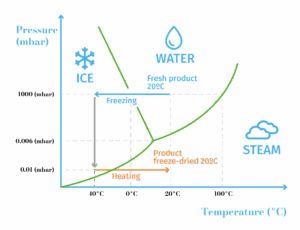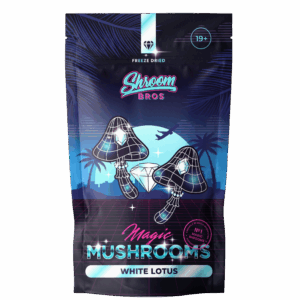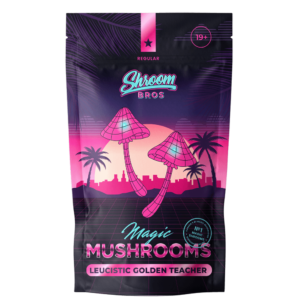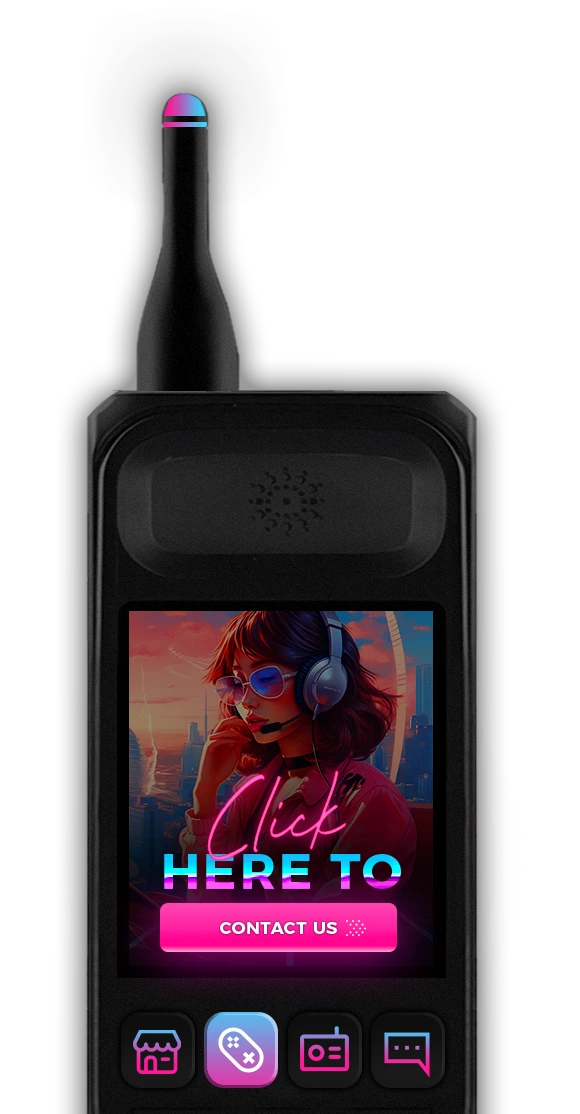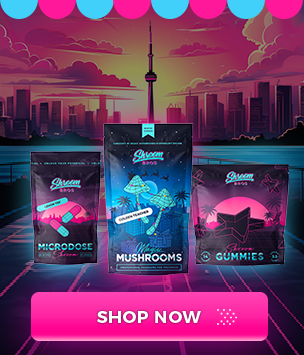Freeze-Dried vs. Regular Dried Magic Mushrooms: What’s the Real Difference?
When it comes to preserving psilocybin mushrooms for long-term storage and consistent potency, the drying method you choose makes a major difference. It’s not just about preventing mold or spoilage — it’s about protecting the delicate active compounds, making dosing easier, and keeping your mushrooms stable over time.
Among the different methods out there, two are the most commonly debated: freeze-drying and conventional drying (air-drying or using a dehydrator). Freeze-drying is high-tech, precise, and increasingly popular — but also expensive. Conventional drying, on the other hand, is more accessible and low-cost, but may come with trade-offs in potency and preservation.
In this detailed guide, we’ll unpack the pros, cons, and practical realities of both methods. Whether you’re a researcher, a cultivator, or someone simply studying the science of preservation, this article will give you a deep look at the differences that matter.

What Is Freeze-Drying and How Does It Work?
Freeze-drying, or lyophilization, is a multi-stage process used in many industries — from pharmaceuticals to food preservation — for its ability to lock in biological integrity. The process begins by freezing the mushrooms to extremely low temperatures (usually -40°C or colder), then placing them in a vacuum chamber. In this vacuum, the frozen water sublimates — turning from ice directly into vapor without passing through the liquid phase.
Why this matters:
- There’s no heat involved, so thermally sensitive compounds remain intact.
- The resulting product is extremely dry — with less than 2% moisture.
- Freeze-dried mushrooms retain their original shape, color, and size with little shrinkage.
This method creates a highly stable product that’s perfect for long-term storage, analytical research, or precise dosing.
Conventional Drying: Tried and True, But With Limits
Conventional drying methods include:
- Air-drying on mesh racks in a cool, dry place.
- Using a food dehydrator set between 90°F and 130°F (32°C to 54°C).
- Low-temp oven drying, which must be carefully controlled to avoid overheating.
These methods remove most — but not all — of the moisture content. Typically, mushrooms end up with 5–15% remaining moisture depending on how long and how thoroughly they’re dried. This residual moisture can lead to:
- Slightly more bulk and weight.
- Increased risk of spoilage if not stored in airtight containers.
- Potential degradation of active compounds if drying is too slow or too hot.
That said, conventional drying is accessible, simple, and widely used. It’s a great starting point for beginners or small-batch drying.
Moisture Content: The Core of Stability
Moisture isn’t just a matter of weight — it’s a gateway for degradation. Water supports bacterial and fungal growth and accelerates the breakdown of sensitive compounds like psilocin.
Freeze-dried magic mushrooms:
- Extremely dry (~1–2% moisture).
- Low water activity means microbes can’t thrive.
- More stable even in less-than-ideal storage conditions.
Conventional dried magic mushrooms:
- Typically retain ~5–15% moisture.
- Can feel soft or leathery depending on the drying environment.
- Must be stored with desiccants or vacuum sealing to avoid spoilage.
If you want mushrooms that last over a year without major changes in potency or appearance, freeze-drying provides superior moisture control.
Psilocybin and Psilocin: Preservation of Potency
The psychoactive power of magic mushrooms comes mainly from two compounds: psilocybin and psilocin. Psilocybin is relatively stable. Psilocin, however, is fragile — it breaks down with heat, oxygen, and light.
Freeze-drying benefits:
- No heat = no thermal degradation.
- Vacuum reduces oxidation.
- Better protection for psilocin during drying.
Conventional drying drawbacks:
- Even low heat can break down psilocin.
- Exposure to air and humidity increases degradation.
- Final product may already be less potent before storage begins.
If potency preservation is your goal, especially over months or years, freeze-drying is the more reliable method.
Texture and Physical Form: Powder, Capsules, and Ease of Use
Another practical difference lies in texture.
Freeze-dried shrooms:
- Light, brittle, and easy to crumble.
- Great for grinding into fine powder.
- Ideal for making capsules or precision microdoses.
Regular dried shrooms:
- Dense, leathery texture.
- Harder to break or grind.
- May contain pockets of moisture that clog grinders.
For anyone preparing bulk capsules or incorporating powdered mushrooms into teas or edibles, freeze-drying offers a clear edge in convenience.
Storage Life and Stability Over Time
Let’s talk shelf life.
Freeze-dried magic mushrooms, stored in airtight containers with desiccant packs and kept away from light and heat, can last well over a year without noticeable loss in potency or appearance. Some reports suggest stable potency after two years or more.
Regular dried magic mushrooms, even when carefully stored, tend to degrade more quickly. After 3–6 months, some loss of potency is common. If moisture levels are even slightly too high, mold becomes a real risk.
For long-term storage, freeze-drying is unmatched.
Flavor and Aroma Differences
This may not be the top priority for everyone, but it still matters.
Freeze-dried mushrooms:
- Tend to have a clean, crisp smell.
- Taste is milder, sometimes described as more neutral.
Regular dried mushrooms:
- Often develop a musty or earthy odor.
- Taste can intensify over time.
For those using mushrooms in teas or food, freeze-dried forms are often easier to mask or mix.
Equipment Cost and Accessibility
Freeze-drying is expensive.
- Home freeze dryers start around $2,000.
- They require maintenance, energy, and time.
- Best suited for large-scale operations or serious long-term preservation.
Conventional drying is budget-friendly.
- Dehydrators cost between $50 and $200.
- Easy to use and store.
- Ideal for casual or small-batch users.
If you’re processing a large harvest and want professional-quality preservation, investing in a freeze dryer could make sense. For beginners or occasional users, a good dehydrator does the job — if you follow best practices.
Final Comparison: Which Should You Choose?
Here’s a practical breakdown:
Go with freeze-drying if you want:
- Maximum potency retention.
- Long-term storage (1–2 years+).
- Easy grinding and powdering.
- A professional preservation process.
Stick with regular drying if you need:
- Affordability and simplicity.
- Short-term storage (a few months).
- A method that works without fancy gear.
- A solution for small harvests or occasional use.
Final Thoughts: It All Comes Down to Priorities
The debate between freeze-dried and regular dried magic mushrooms isn’t about which is “right” — it’s about which is right for your needs. If you care about long-term chemical stability, precise dosing, and protecting active compounds like psilocin, freeze-drying offers unmatched performance. But it comes at a cost.
If you’re drying a few grams at a time and plan to use them within a couple of months, regular drying is more than enough — provided you store them well.
No matter which route you go, what matters most is avoiding moisture, minimizing heat exposure, and storing your mushrooms in airtight, light-proof containers with a desiccant. That’s how you keep them potent, safe, and effective for research, analysis, or whatever purpose you’re pursuing.

